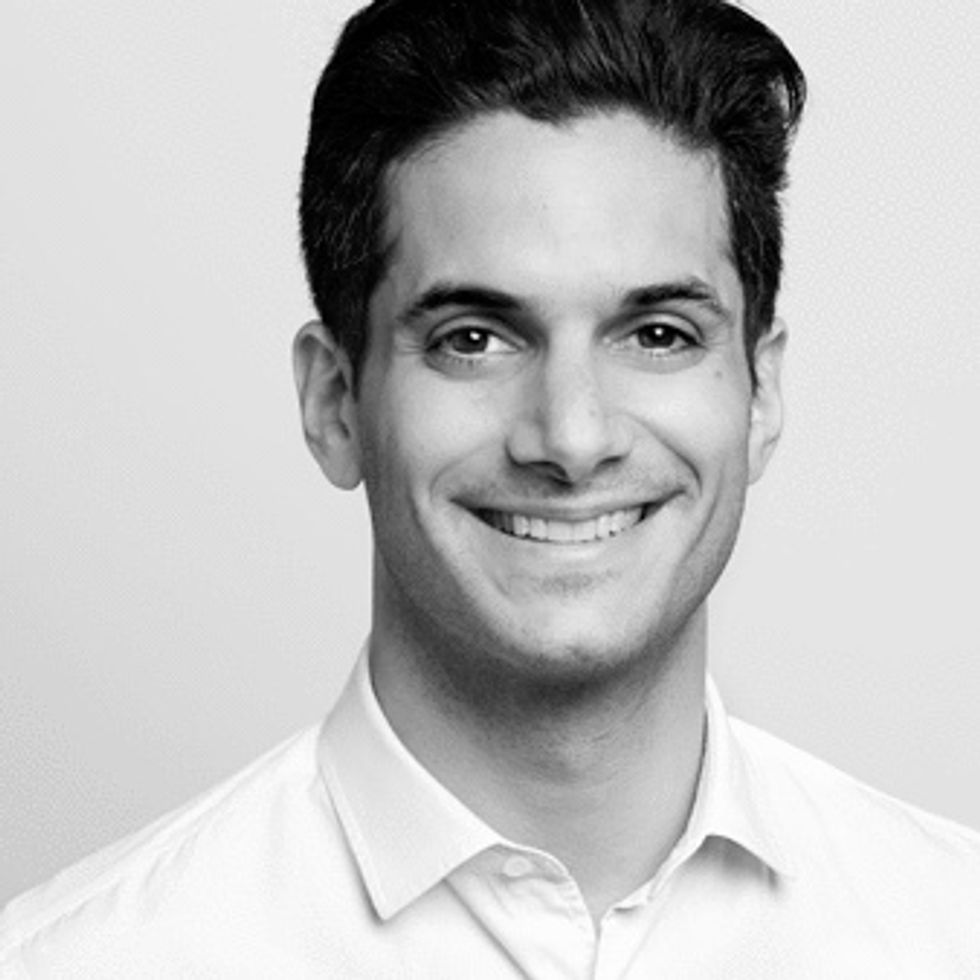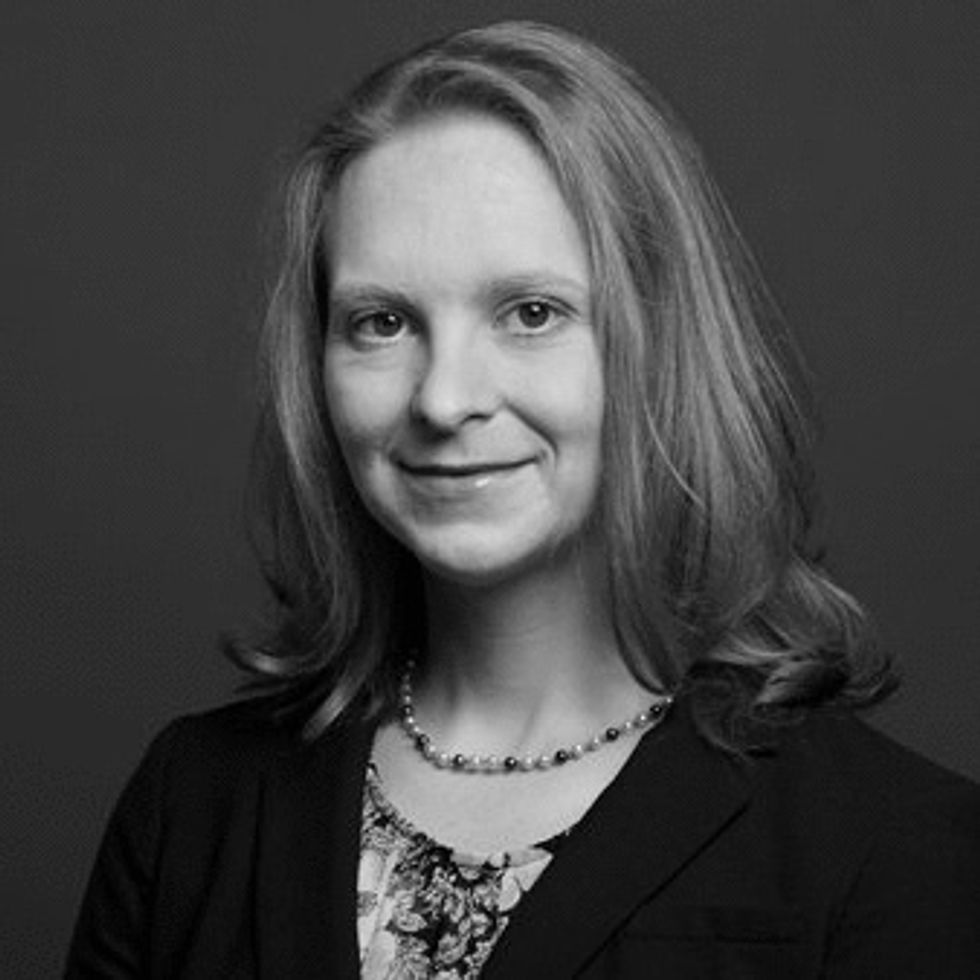Trending Now
We have updated our Privacy Policy and Terms of Use for Eurasia Group and its affiliates, including GZERO Media, to clarify the types of data we collect, how we collect it, how we use data and with whom we share data. By using our website you consent to our Terms and Conditions and Privacy Policy, including the transfer of your personal data to the United States from your country of residence, and our use of cookies described in our Cookie Policy.
{{ subpage.title }}
Cities on the frontlines
We live on an (increasingly) urban planet. Today, for the first time in human history, more than half of the world's population (55 percent) lives in cities. By 2050, that figure will rise to more than two-thirds, with close to 7 billion people living in urban areas. Cities have always been centers of opportunity, innovation, and human progress. But they are also often on the front lines of the major political and social challenges of the day. Here are three areas in which that's true right now.
Climate change. Cities are hugely vulnerable to climate change and will have to take the lead in efforts to contain and adapt to it. More than 90 percent of the world's cities lie in coastal areas exposed to rising sea levels. At the same time, large cities' traffic, transport infrastructure, and buildings are responsible for 75 percent of global carbon emissions.
The major global climate change agreements — like the Paris Accord — exist at the national level, but implementation falls largely on cities. Many large cities are already taking the lead on their own — in some cases (as in the US currently) working at cross purposes with national leaders who are climate skeptics.
Technology. Urban planners are excited about "smart cities" where digital technologies (including sensors and cameras deployed across the city) can make the city more efficient, less polluted, and more responsive to citizens' needs. But there are two big political issues here.
First, who's watching all of this? All of those data flows have to be monitored and safeguarded by someone. As cities get "smarter" they'll wrestle with politically fraught tradeoffs between urban efficiency and personal privacy.
Second, who's making all of this? Smart cities require next generation 5G networks. Right now, the most cost-effective manufacturers of 5G equipment are Chinese companies. But the US government has banned them at home over national security fears and is pressuring other countries to do the same. As the world slouches towards a bigger US-China tech divide, cities that want the technologies of the future will be caught in the middle.
Pandemic. All of the things that make cities vibrant centers of progress and innovation – density, diversity, strong connections with the rest of the world – will also leave them sitting ducks for outbreaks of contagious disease. That's been particularly true of the coronavirus pandemic. COVID-19 first spread in a city (Wuhan, China — population 10 million) and since then, the overwhelming majority of the disease's victims have been in cities. In the US, for example, a study in June found that more than 94 percent of all cases (and deaths) have been in urban areas.
When we talk about the devastating impacts of the pandemic, and particularly its disproportionate public health and economic effects on minorities, the poor, and women, we are talking primarily about urban crises.
Polarization. No matter who wins next week's US presidential election, the electoral map is likely to be a sea of red (many less densely populated precincts that voted Republican) with large islands of blue (Democrat-leaning cities). But that political divergence between more liberal big cities and more conservative towns and rural areas isn't just an American phenomenon.
In 2016, for example, Londoners overwhelmingly votedagainst Brexit. Poland's recent presidential election was similar, a right-wing conservative beat a liberal big city mayor by drawing votes from the countryside. In Turkey, strongman president Recep Tayyip Erdoğan is least popular in the big cities, particularly his hometown of Istanbul, which his party lost control of last year.
The political divergence between town and country, and between cities and national governments, will become increasingly acute as cities grow and gain more economic power.
The Graphic Truth: Urbanization around the world
Over the past seven decades, dozens of countries have experienced rapid urbanization as people flock from rural areas to cities in search of more diverse economic opportunities. During that time, the global urban population has increased six-fold. Here is a look at how that trend has played out in major regions of the world. While North America and Latin America have been predominantly urban for decades, it is only more recently that East Asia has made this transition, while Sub-Saharan Africa is just on the cusp of being majority urban. Here is a look at how urbanization played out globally since 1950, with forecasts out to 2050.
What We’re Watching: The perfect city, cities vs nations, the post-pandemic planning problem
The construction of China's "perfect city" In April 2017, China's President Xi Jinping personally chose the site for the Xiongan New Area, about 60 miles south of Beijing. What's the Xiongan New Area? It's not only an attempt to relieve the crushing congestion of China's capital city, it's a bold bid to create a "city of the future." Of the 1,000 "smart city" projects around the world, half are in China, and Xiongan is the most ambitious in scale. Its architects say it will serve the needs of citizens with high-tech smart infrastructure and higher environmental standards than exist elsewhere in heavily polluted China. But it will also serve as a laboratory for cutting-edge surveillance of the city's residents. By following its progress and measuring its successes and failures, we'll learn much about how "smart cities" can create a higher quality of life for us all—but also how governments can use new tools to compromise personal privacy in the name of social order. The Xiongan project, with full political and financial backing of the Chinese government, is due for completion in 2035.
Cities going at it alone: As the coronavirus tore through cities around the world the message from some federal governments was clear: you're on your own. In the US, the Trump administration told hard-hit states seeking personal protective equipment for urban healthcare workers to "try getting it yourself," causing governors representing the hard-hit states of Maryland, New York, and Massachusetts to find ingenious ways to source supplies. In New York City and Los Angeles, local officials bypassed directives from the Trump administration to hastily reopen schools, despite threats that their cities could lose federal funding. In Brazil, meanwhile, local officials representing battered hubs like São Paulo butted heads with the Bolsonaro government for undermining their efforts to keep the public safe. Indeed, COVID-19 has highlighted a global trend that has been developing for some time, whereby cities — home to more than half of the global population — have been increasingly bypassing federal authorities to tackle key issues affecting their constituents, including climate change and cybersecurity. Competing priorities in steering the post-pandemic recovery in several countries has only further pitted states and cities against federal governments, suggesting that in the months and years ahead, cities will go at it alone more often, particularly during crises.
How will COVID-19 affect future urban planning? While it's easy to assume that the pandemic will "destroy" highly congested urban centers, throughout history some modern cities actually benefited in the long term from the lessons learned from dealing with a public health crisis. For instance, London only embarked on the engineering marvel of its present-day sewer system after it was crushed by cholera — a water-borne disease — in the 1850s. Urban planners widely expect that future cities will be designed to be healthier for residents. But which cities will have the cash to reinvent themselves as "safer" areas to live and work? The coronavirus has wreaked economic havoc on urban centers worldwide in developing and developed countries alike, and cash-strapped local and national governments may prioritize getting people back to work and helping those who have lost jobs. We're watching to see which mayors will see the wisdom in spending on pandemic-proofing their cities, and which cities will get left behind because they made a false choice by thinking only about their short-term problems.
The Graphic Truth: Where will the next megacities be?
By 2030, ten urban areas are projected to attain "megacity" status, a population of more than 10 million people. Six will be in Asia, where more than half of the population will be living in cities at the end of the decade. But the fastest growing megacities will be in Africa — including new megacities in Dar es Salaam (Tanzania) and Luanda (Angola). Can urban planners and governments in Africa keep pace with this rapid urban growth? We look at the world's upcoming megacities, comparing their current and future estimated populations, to get a sense of how crowded each megalopolis will be in 2030.
Episode 6: Big cities after COVID: boom or bust?
Listen: What will the cities of the future look like? Before the COVID-19 pandemic, the answer to that question was clearer: Urban areas around the world were on a trajectory of exponential growth, with 68% of the world's population expected to live in cities by 2050.
It's unlikely the pandemic can dramatically alter that unstoppable trend, particularly in developing nations. But it will no doubt be impacted by the economic and lifestyle changes this global crisis has brought, from New York to London to Tokyo and beyond.
In this episode we examine the short and longer-term implications of a shift toward urbanization, how the pandemic will alter city life, and what it all means for the global economy, geopolitics, and your wallet.
Moderated by Caitlin Dean, Head of the Financial and Professional Services Practice at Eurasia Group, the conversation pairs Citi Private Bank's Head of North America, Ida Liu, with Senior Editor Alexander Kliment of GZERO Media's Signal newsletter.

Ida Liu
Citi Private Bank's Head of North America

Alexander Kliment
Senior Editor, GZERO Media's Signal newsletter

Caitlin Dean
Head of Financial & Professional Services, Eurasia Group